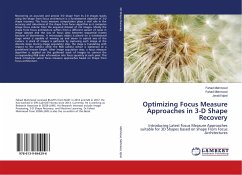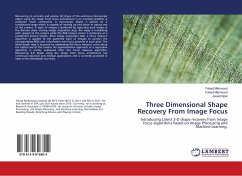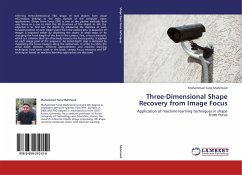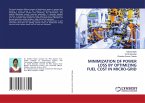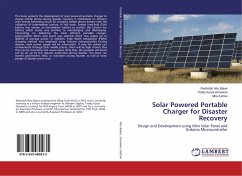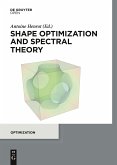Recovering an accurate and precise 3-D shape from its 2-D images stacks using the shape from focus architecture is a fundamental objective of 3-D shape recovery. The focus measure computation plays a vital role in the accuracy and robustness of the shape from focus algorithm as it computes image focus volume from the acquired dataset of 2-D images. Mostly the shape from focus architecture suffers from a different variant of noise in image dataset and the loss of focus data between sequential frames because of discreteness. A microscopic object is placed on a translational stage which is capable of moving up and down in optical axis of the camera. A stack of images is gathered by capturing each image at the discrete steps. During image acquisition step, the stage is translating with respect to the camera while the RGB camera sensor is stationary at a predefined known height. After image acquisition step, a focus measure algorithm is applied on the gathered stack of images to convert the corresponding RGB color information into focus quantity at each pixel. This book introduces Latest focus measure approaches based on Shape from focus architecture.

